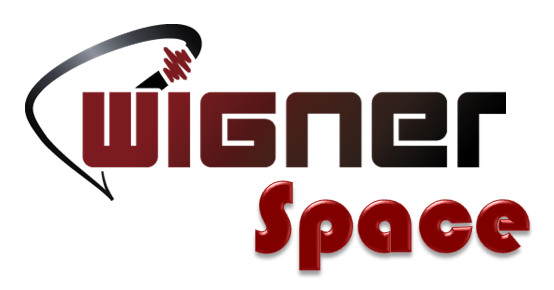Inner Heliosphere research group funded by OTKA grant FK 128548 (2018-2023)
Members:
Dr. Andrea Opitz (PI: 2018-2023) - Senior Research Fellow (Wigner RCP)
DSc. Géza Erdős (senior member: 2018-2023) - Scientific Advisor -> Retired Research Associate (Wigner RCP)
Dr. Péter Kovács (junior member: 2022-2023) - Research Fellow -> Senior Research Fellow (Wigner RCP)
Dr. Mohammed Talafha (junior member: 2023) - Research Fellow (Wigner RCP)
Dr. Melinda Dósa (junior member: 2018-2021) - PhD student -> Research Fellow (Wigner RCP)
Ákos Madár (junior member: 2020-2023) - PhD student (Eotvos University and Wigner RCP)
Nikolett Biró (junior member: 2021-2023) - PhD student (Eotvos University and Wigner RCP)
Gergely Kobán (junior member: 2021-2023) - PhD student (Eotvos University and Wigner RCP)
Gábor Tróznai (junior member: 2018-2023) - Research Engineer (Wigner RCP -> Centre for Energy Research)
|

|
